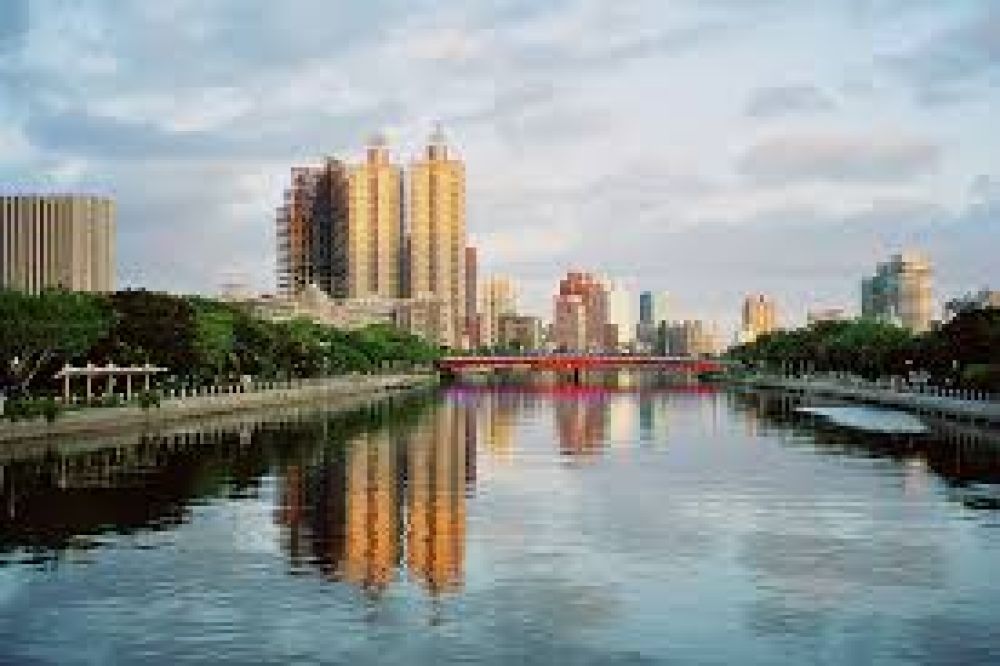

The Love River, or Ai He in Mandarin, is not merely a body of water in Kaohsiung, Taiwan—it's a symbol of the city's culture and history. Tracing back to the 17th century during the Qing Dynasty, the river served as an important waterway for transportation and industry, helping shape the development of Kaohsiung. Over the years, Love River became a hub for trade and fishing, enabling economic growth in the region.
However, by the mid-20th century, the river faced severe pollution due to rapid industrialization and urbanization. It wasn't until the 1970s and 1980s that the city government initiated major cleanup efforts, transforming the Love River from a polluted waterway into the scenic attraction it is today, filled with lush parks, cultural landmarks, and leisure facilities along its banks.
In the early days of Love River tourism, the focus was more on practicality rather than leisure, as the river served as a critical mode of transportation. With the cleanup and restoration efforts, Love River saw a renaissance in tourism. The riverbanks were beautified, and the pathway was turned into a haven for pedestrians and cyclists. Boating and sightseeing tours began to gain popularity, offering both locals and tourists a chance to appreciate the serene beauty of the river and its surroundings.
In recent years, Love River has become a must-visit destination for anyone traveling to Kaohsiung, attracting visitors with a blend of natural beauty, recreation, and cultural experiences. Boat tours are a favored activity, giving tourists unique views of the city from the water. By night, the riverside comes alive with a vibrant night market and charming cafés that showcase the local lifestyle and cuisine.
Environmental sustainability and eco-tourism are becoming increasingly important, and Love River reflects this trend. Efforts are made to maintain the cleanliness of the river and its surroundings, ensuring a green space for recreational activities like kayaking, paddleboarding, and aquatic sports.
Art and cultural events are now a staple along the Love River banks, with the annual Lantern Festival highlighting the river's significance to Kaohsiung's cultural tapestry. Interactive installations, live music, and performances add a lively atmosphere to the riverside promenade, catering to a diverse audience.
As Kaohsiung continues to evolve, so do the tourism prospects along the Love River. Plans for further development of cultural venues and the expansion of green spaces are anticipated to boost the allure of the river for visitors. Integration of smart technology is also on the agenda, aiming to facilitate a more interactive and convenient visitor experience.
Thoughtful urban planning and investment in public art are directed towards enhancing the river's aesthetic, making it a true urban oasis. As more tourists seek authentic and engaging local experiences, Love River's role in Kaohsiung's tourism industry is only expected to grow stronger, building on its rich history and its significance as a living symbol of the city's love and liveliness.